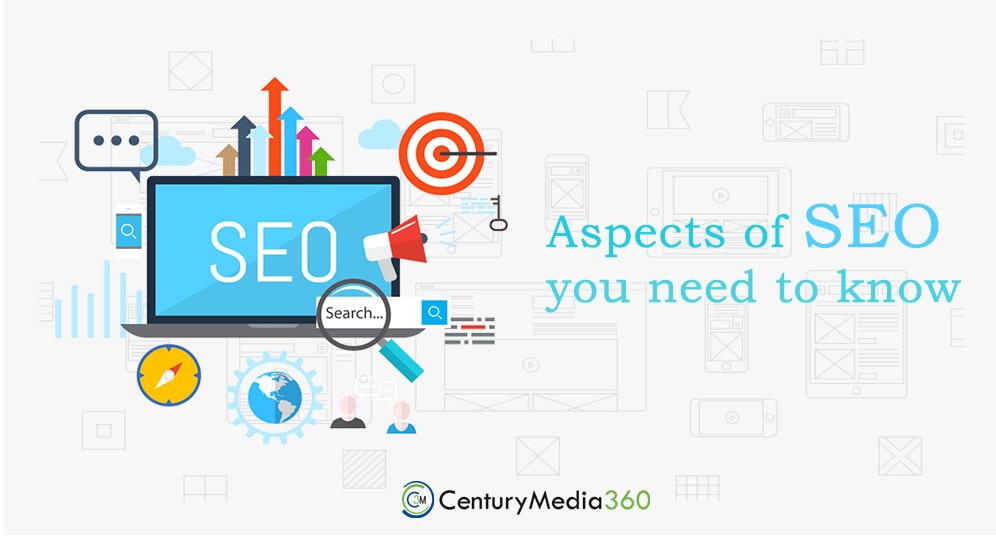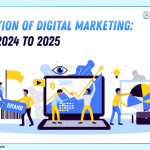Aspects of SEO You Need to Know

You can increase sales, conversions, and audience by getting the essential aspects of SEO properly.
But starting with these crucial components in place is a terrific place to go. You’ll be well on your way to putting the greatest SEO plan into practice for both you and your clients.
Keyword Research
In order to identify the ideal user intent to pursue and discover what your audience is looking for, keyword research is essential as you define your audience and industry standards for SEO.
Not only that, but the terms your audience uses in their searches matter just as much as the manner in which they do so. An SEO strategy might succeed or fail based on minute changes in keyword research.
Additionally, you must be well-versed in consumer profiles, industry market conventions, and how these affect the entire SEO approach.
User Intent
The next factor is vitally essential to the success of any SEO campaign: the user intent behind the keywords.
Let’s take the scenario where your target market’s initial search term is “Best restaurants near me.”
However, you discover variants for “restaurants,” and “hotels” during your keyword research. Each of these modifications causes a minimum ten-fold increase in the number of searches that link back to your landing page.
It makes sense to incorporate them into the entire SEO process, don’t you think?
You probably wouldn’t have discovered these deeper searches if you hadn’t done this keyword research and made modifications depending on market shifts in audience search behavior.
Crawling
Crawling is the method search engine spiders use to find your website.
It will be challenging for search engines to scan your website if your website architecture is faulty, your internal linking is incorrect, or you don’t even have a sitemap.xml file.
Significant 404 error problems on the website might also hinder crawling and indexing.
Indexing
Crawling and indexing are very distinct processes. Although these two acts are connected, they are not incompatible.
Indexing will suffer if actions like noindex and nofollow are take ineffectively. This is equivalent to doing something foolish like omitting a sitemap.
Fetch as Google in Google Search Console allows you to avoid having a sitemap, however, it is far simpler and more effective to generate a sitemap and upload it to Fetch as Google.
Canonicalizing your websites without recognizing trailing slash problems is another really dangerous scenario. These kinds of problems can result in Google indexing two or three times as many pages as your website actually has, which conflicts with its ranking algorithms.
Audience & Niche
Any effective SEO strategy should be based mostly on your major industry and its target audience.
- What niche do you work in?
- Who are your main rivals?
- Where do your rivals’ businesses operate primarily?
- How do your rivals’ competitors mostly carry out their SEO strategy?
- Which rivalry is the most intense?
Your answers to these and other questions will help you formulate your SEO plan, and when you decide what to do next, all of these moving pieces will quickly come into sharp focus.
Content
One of the criteria by which SEO experts obtain links to assist raise ranks and generate streams of traffic to a website is content. It is just another illustration of how the content can become the torment of a website’s existence if it is not used appropriately.
Content is not create equally. There is authoritative material that isn’t spam and non-spammy stuff. Generally speaking, you’re safe if you personally compose your material.
To produce content that performs highly, you don’t need to pay attention to strange things like reading comprehension requirements, language complexity, or other factors. The statement “simply generate outstanding content” is a falsehood, and it is huge, however.
According to the author, effective content should developed in a way that makes it go viral, resonates with your audience, and influences readers in such a way that they want to purchase from you. Additionally, this “viral-ness” will assist you in obtaining organic links, which are essential for link development.






